ODVA updates process device profiles for EtherNet/IP
ODVA announced that level sensors are the latest option for process device profiles to be added to the EtherNet/IP specification. Process device profiles help users to reduce complexity and to more quickly install new devices in the event of an unplanned replacement. Device profiles are now available for level measurement along with Coriolis flow, electromagnetic flow, vortex flow, standard pressure, scaled pressure, resistance temperature detector (RTD) and thermocouple temperature sensors.
Standardized semantics and scaling for process variables and diagnostics that are made possible by process device profiles for EtherNet/IP significantly improve vendor interoperability and prepare process data for use with edge and cloud analytics. Standardized data including process variables, diagnostics, and totals enable easier access to critical data to help optimize operations.
The goal of process device profiles is to enable a device replacement experience that is as seamless as possible. Plug and play type capabilities for process field devices reduce the need for maintenance workers to be electronic device or Ethernet experts, also increasing the efficiency of planned turnarounds while decreasing unplanned downtime.
The EtherNet/IP process device profile for level transmitters can be applied to devices that rely on free wave, guided wave, capacitive, magnetostrictive, radiometry and buoyancy measuring technologies. Additionally, NAMUR NE 107 diagnostics are available for level transmitters that use free wave, guided wave and radiometry sensor technology approaches. The introduction of level measurement process device profiles, in addition to temperature, flow and pressure, supports end users in being able to integrate EtherNet/IP capable devices in critical environments, to replace sensors regardless of vendor, and to support a harmonized data structure.
“The addition of level sensor support to the suite of EtherNet/IP process device profiles further promotes device interchangeability between vendors and supports easier integration with additional device types,” says Dr. Al Beydoun, president and executive director of ODVA. “New level measurement process device profiles for EtherNet/IP network-capable level sensors support NE 107 diagnostics and are aligned with the Process Automation - Device Information Model (PA-DIM). Process device profiles for EtherNet/IP reduce the commissioning and maintenance burden of adopting Ethernet-capable devices and provide a standardized information model foundation to enable usage of advanced edge and cloud analytics approaches, including AI.”
ODVA continues to invest in adapting EtherNet/IP to the full requirements of the process industries through support of technologies including Ethernet-APL, PA-DIM, NAMUR, FDI, and process device profiles. Visit odva.org to obtain the latest version of The EtherNet/IP Specification including level measurement process devices profiles for EtherNet/IP.
Standardized access to process variables with semantics and scaling that align with PA-DIM and critical diagnostics such as NAMUR NE 107 status signals are the foundation to the future of advanced analytics and optimization within process automation. Process device profiles for EtherNet/IP provide valuable standardization and a growing ecosystem of supported sensors to allow for quicker device installation and replacement, improved asset status, and easier integration into higher level data management systems.

